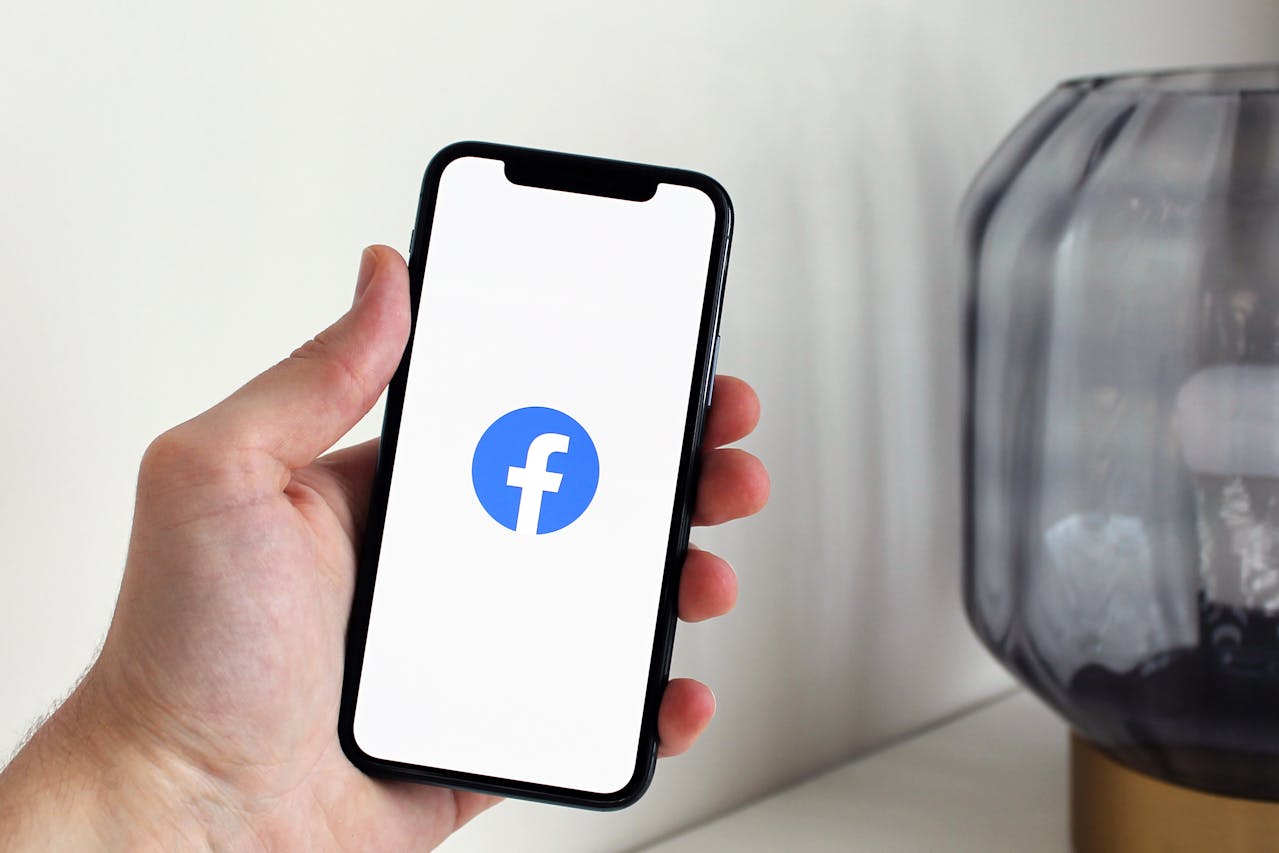
In the realm of digital marketing, Facebook ads have emerged as a powerful tool for businesses to reach their target audience and drive conversions. However, as competition intensifies, advertising costs on the platform continue to rise, making it essential for advertisers to find ways to optimize their campaigns and lower expenses without compromising results. Here are six practical strategies to help you reduce the cost of your Facebook ads while maximizing your return on investment.
One of the most effective ways to lower your Facebook advertising costs is by refining your audience targeting. Instead of targeting broad demographics, narrow down your audience based on specific criteria such as interests, behaviors, demographics, and location. This ensures that your ads are shown to users who are most likely to be interested in your offerings, thereby increasing the relevance of your ads and reducing wasted ad spend.
The visual and textual elements of your ad creative play a crucial role in determining its effectiveness and cost. Test different ad formats, images, headlines, and ad copy to identify what resonates best with your target audience. By continuously optimizing your ad creative based on performance metrics such as click-through rates and conversion rates, you can improve ad relevance scores and lower your overall advertising costs.
Facebook allows advertisers to schedule their ads to run during specific times of the day or week when their target audience is most active. By analyzing your audience insights and engagement patterns, you can identify the optimal times to display your ads and avoid wasting budget on periods of low engagement. Ad scheduling not only helps you reach your audience more effectively but also reduces ad spend by focusing your budget on peak performance hours.
Conversion tracking is essential for measuring the effectiveness of your Facebook ad campaigns and optimizing for better results. By setting up conversion tracking pixels or using Facebook's tracking tools, you can monitor the actions that users take after clicking on your ads, such as purchases, sign-ups, or downloads. This valuable data allows you to identify which ads are driving the most conversions and allocate your budget accordingly, thereby maximizing your ROI and minimizing wasted spend.
Facebook offers various bidding strategies, including cost per click (CPC), cost per thousand impressions (CPM), and cost per conversion (CPA). Experiment with different bidding strategies to determine which one yields the best results for your campaign objectives and budget constraints. For example, if your goal is to maximize website traffic within a set budget, CPC bidding may be more cost-effective than CPM bidding. Continuously monitor and adjust your bidding strategy based on performance metrics to optimize ad spend and lower costs over time.
Facebook offers automatic ad placements, allowing the platform to automatically distribute your ads across various placements such as Facebook feeds, Instagram feeds, Audience Network, and Messenger. By opting for automatic placements, you can leverage Facebook's algorithm to identify the most cost-effective placement options based on your campaign goals and budget. This eliminates the need for manual placement selection and ensures that your ads reach your target audience wherever they are most likely to engage, ultimately driving down advertising costs.
In conclusion, lowering the cost of your Facebook ads requires a strategic approach that focuses on audience targeting, ad creative optimization, ad scheduling, conversion tracking, bidding strategy testing, and leveraging automatic placements. By implementing these six simple yet effective strategies, you can optimize your Facebook ad campaigns, stretch your advertising budget further, and achieve better results without breaking the bank.
Comments